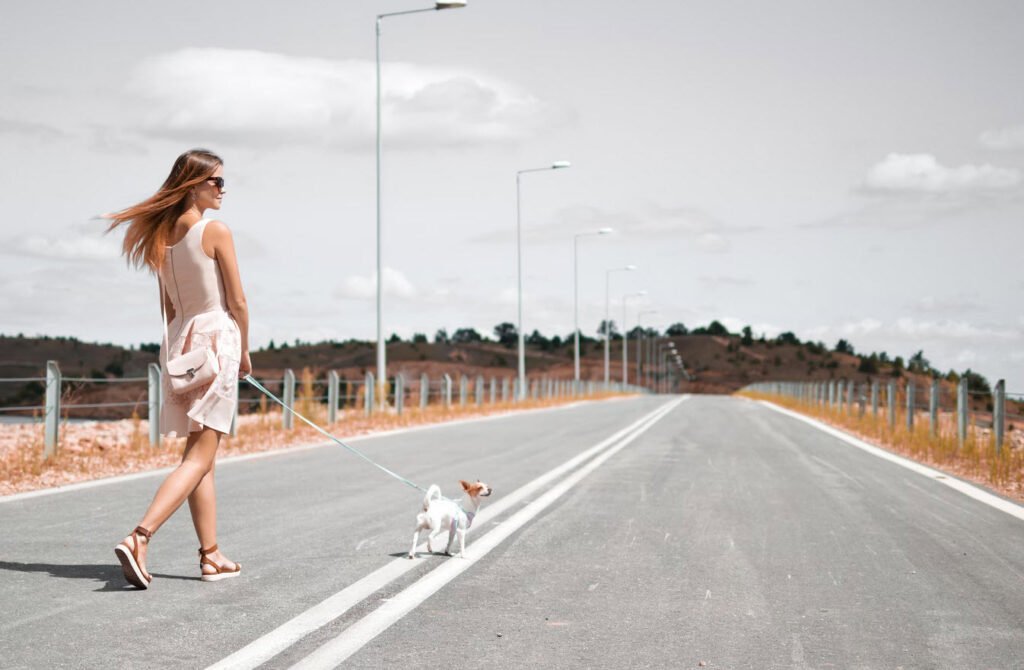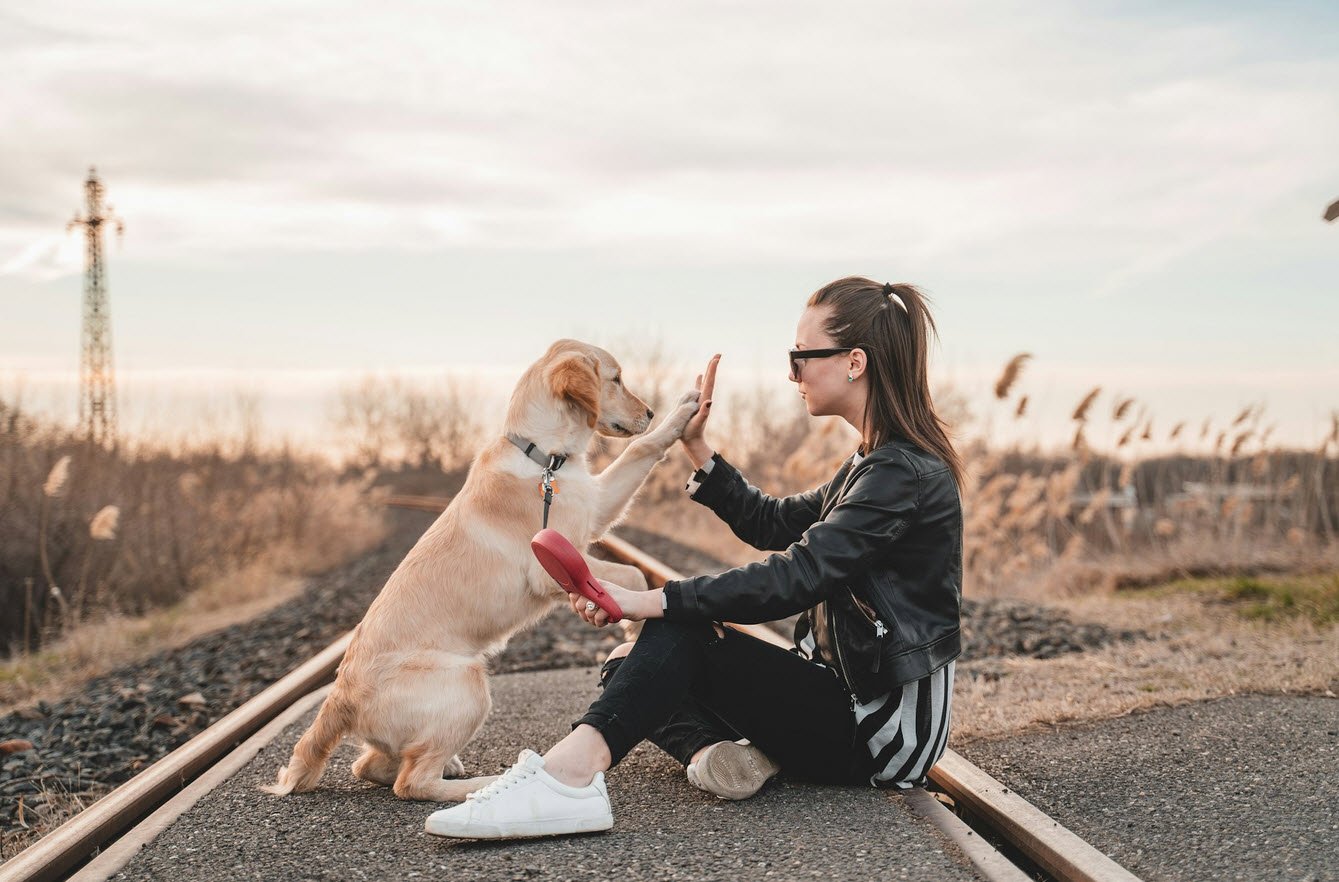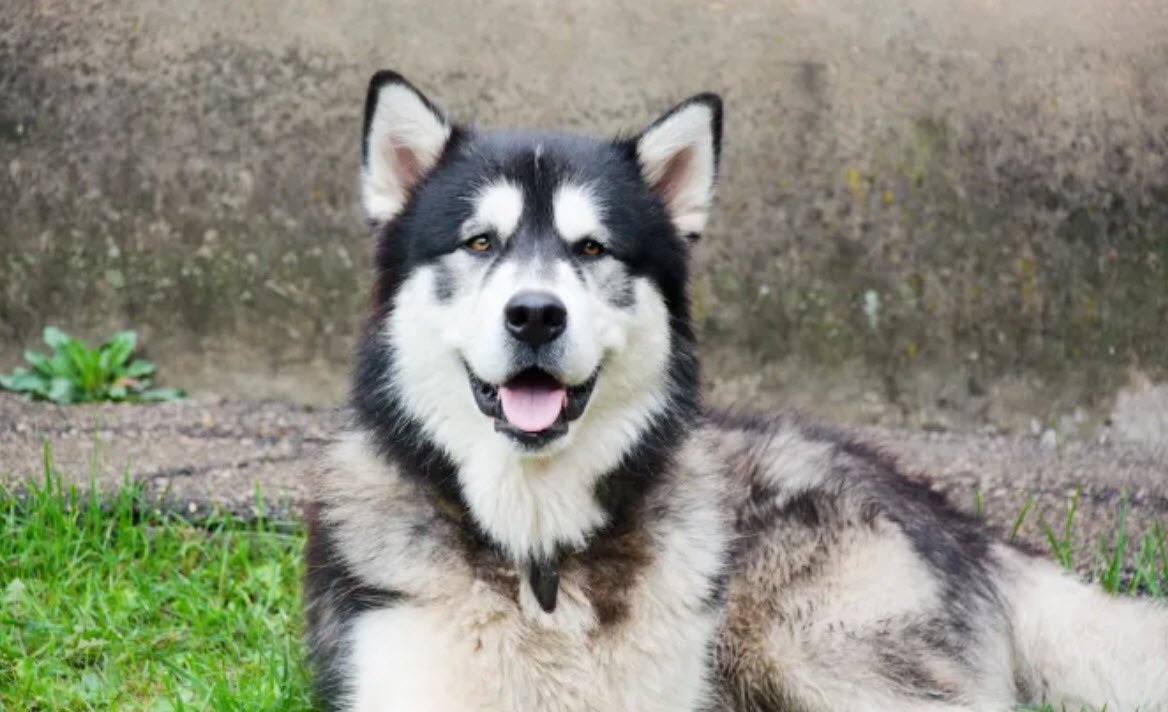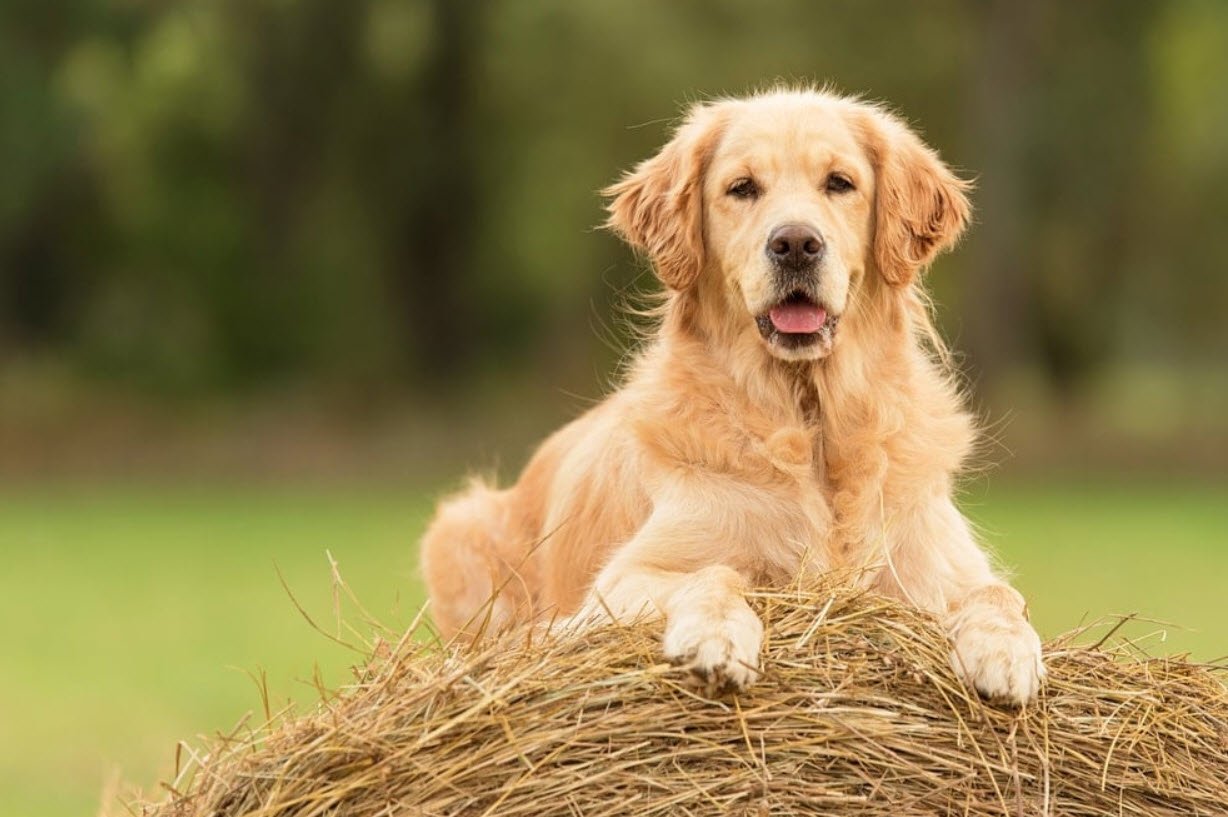
Walking your dog should be a pleasant experience for both you and your furry companion. However, it can quickly become a challenge if your dog pulls on the leash, stops to sniff every blade of grass, or decides to chase after something unexpected.
We’ve discovered that understanding your dog’s behavior and applying a few practical techniques can make your walks more enjoyable and less stressful.
Here are eight tips to help you have a better walk with your dog.
1. Always Use a Leash
A leash is not just a control tool; it’s a safety measure. Dogs are naturally curious and are guided by their sense of smell. Without a leash, your dog might wander off, following an interesting scent, and quickly lose track of where they are. Even the most well-behaved dog can become distracted and bolt unexpectedly.
A leash keeps your dog close and under control, ensuring that both of you stay safe. It’s also important to choose a leash that’s appropriate for your dog’s size and strength to prevent any accidents.
2. Ensure Your Dog Has Proper Identification
No matter how careful you are, there’s always a chance that your dog could slip out of their collar or break free from the leash. To prepare for this, make sure your dog has proper identification.
A collar with an ID tag that includes your current phone number is essential. Moreover, consider getting a microchip implanted under your dog’s skin. This high-tech form of identification is a backup in case the collar comes off. Microchips are easily scanned by most veterinarians and animal shelters, making it easier to reunite you with your lost dog.
3. Avoid Chasing Your Dog If They Run Off
If your dog manages to get off the leash and runs, resist the urge to chase them. Chasing can turn into a game for your dog, encouraging them to run further. Instead, try calling them in a calm and cheerful voice, or act like you have their favorite treat or toy. If your dog doesn’t return immediately, tie a long nylon line to their collar during training sessions.
Secure the other end to something sturdy and give the command “Whoa” or “Stop” just before they reach the end of the line. Consistently using the same command will help your dog learn to stop and return to you, preventing future runaways.
4. Use Consistent Commands and Body Language
Dogs respond better to consistent commands and clear body language than to specific words. The tone and intonation of your voice, combined with your body language, communicate a lot to your dog. When giving commands, be firm but not harsh.
Avoid switching between different commands for the same action, as this can confuse your dog. For example, if you use “Sit,” stick with it, rather than alternating between “Sit” and “Down.” Consistency helps your dog understand what is expected of them and makes training more effective.
5. Carry “Poop Bags” for Cleanup
One of the less glamorous aspects of dog walking is cleaning up after your pet. However, it’s an important part of being a responsible dog owner. Carry poop bags with you to clean up after your dog, ensuring that your neighborhood stays clean and you avoid stepping in anything unpleasant on your next walk.
A practical tip is to reuse the plastic bags that your newspaper comes in or purchase biodegradable poop bags that are easy to carry and environmentally friendly.
6. Understand Your Dog’s Territorial Nature
Dogs are territorial creatures, and marking their territory is a natural behavior. This is why your dog may feel the need to sprinkle every tree, bush, and post along your walk. While it can be frustrating to stop frequently, remember that this behavior is instinctual. It’s your dog’s way of communicating with other dogs in the area.
Instead of pulling your dog away from every sniffing spot, allow them some time to explore and mark their territory, but also set boundaries to keep the walk moving.
7. Manage Allergies with Regular Grooming
If you or someone in your household has allergies, brushing or bathing your dog before coming back inside after a walk can help reduce the amount of pollen and other allergens that cling to their coat.
Regular grooming not only keeps your dog clean but also helps minimize the allergens they bring into your home. If your dog has been running through grass or rolling in dirt, a quick wipe-down with a damp cloth before entering the house can make a big difference.
8. Control Excessive Barking with Positive Reinforcement
Barking is a natural behavior for dogs, especially when they see someone or something unfamiliar during a walk. However, excessive barking can be disruptive and annoying. To manage this, allow your dog to bark a couple of times, then give the command “Quiet.”
If they continue barking, use a surprise interruption, like shaking a can filled with pennies or using a squirt bottle filled with water or Listerine. When your dog stops barking, immediately reward them with praise and a treat. This positive reinforcement teaches your dog that being quiet is a good thing and will help reduce unwanted barking over time.
Conclusion
Walking your dog doesn’t have to be a struggle. By applying these tips, you can transform your daily walks into a positive experience for both you and your dog.
Remember, dogs are not humans, but they do have a strong desire to please their owners. Understanding your dog’s natural behaviors and guiding them with gentle but firm commands will make your walks more enjoyable and strengthen the bond between you and your furry friend.
So, grab that leash, and enjoy the many benefits of walking with your dog—from the exercise to the joy of their companionship.
You may also like:- How to Train Your Dog Like a Pro in 2025
- How to Stop Your Dog from Barking Excessively
- Common Causes of Dog Bad Breath
- 5 of the Most Painful Conditions for Dogs
- Top Natural Foods to Combat Bad Dog Breath
- Top 12 Most Popular American Dog Breeds
- 6 Most Popular Distinct Canadian Dog Breeds
- A Guide To Understanding Your Dog’s Body Language
- List of Vegetables That Can Be Valuable Addition To Your Dog’s Diet
- 15 Most Popular French Dog Breeds You Need To Know









This Post Has One Comment